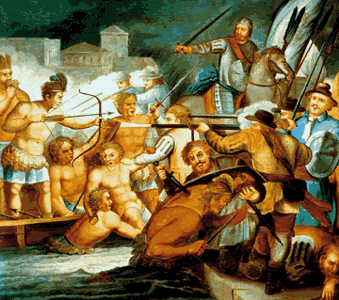 Master narratives & places in our imaginations: an overview
Master narratives & places in our imaginations: an overview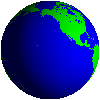
 Master narratives & places in our imaginations: an overview
Master narratives & places in our imaginations: an overview
Caribbean Environmental History, an general review of related pages to find topics and concepts in alphabetical order with a sample time line.
![]()

![]()
Time line of important dates, for example:
1420, Portuguese Prince Henry opens his School of the Oceans in Sagres, Portugal.
1420, Madeira is settled by the Portuguese replacing the native population.
1460, The Spanish seize the Canary Islands and fight a brutal war with the resisting native people called Guanches.
1492, The Reunification of Spain by the fall of Grenada to Isabella & Ferdinand; Queen and King of two Spanish kingdoms.
1500, First map commissioned by Spain, and drawn by Juan de la Cosa, the ship's master of the Santa Maria.
1502, The Codfish trade is a competitive venture pitting Bristol, England merchants against the Hanseatic League of Continental Europe.
1505, Amerigo Vespucci – a celestial navigation expert – was made a Spanish citizen placed in charge of navigation & charts.
1510, The first Dominican Friars in Hispaniola [St. Domingue] or modern Haiti & the Dominican Republic.
1513, September 27th, Balboa & his party reach the Pacific Ocean in the Darien Gap region of today's Panama, Cuevan indigenes.
1519, Pedrarias established the City of Panama along the isthmus on the South Sea among the lands of the Coibas indigenes.
1522, The crew Magellan's ships completely sail around the world returning a "day early" to Spain.
The world is a globe, a sphere of twice the size, ever imagined by Europeans.
Caribbean History -- Nature, Place and Peoples (study guide)
Caribbean history
![]()
Advantages & attributes of an ecological invasion
Alexander Von Humboldt, explorer and geographer
Antillean poet's lecture on the region's identity
Art, landscape of South America
![]()
Books
Caribbean Environmental History, study guide
Caribbean Today: contemporary voices speaking
about the Antilles
Cattle
Cultural identity and Creole nationalism
Culture
Concepts
Creole nationalism
Crosby, Alfred, The Columbian
Exchange,
Crosby conclusions
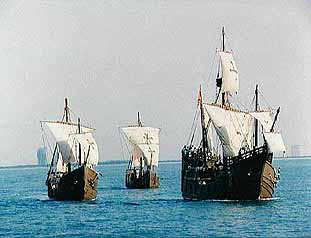
Crosby Thesis
Climate change, a guide to pages related to
global warming, the issue examined and discussed.
Columbian Exchange, themes, stories, and thesis.
Comedians, The: ...
a novel by Graham Greene set in Haiti
![]()
Diaz, Juno, The Brief Wondrous Life of Oscar Wao
Diego Rivera, Mexican Artist, muralist.
Du Bois, The Negro. discussion of Africans and the West Indian Slave trade, causes & influences of
Ecological Invasions
Ecosystems defined
.gif)
European dominance, causes of
European imperialism
Forests in the Antilles
Final Exam
Free
writing,
what is it?
French Revolution, consequences of
Gardens
Graham Greene, The Comedians, a novel set in Haiti
![]()
Jamaica Kincaid, A Small Place (Antigua)
![]()
Mangrove forests
Mexican Revolution of September 16, 1810
Mexican Revolution of 1910 dates
Mexico
Mintz, Sweetness and Power
Mintz questions about capitalism and vocabulary
Mintz's approach
Paz, Octavio, Labyrinth
of Solitude, Mexican author: Contents of book
Paz, Octavio, summary and interpretation
Paz, Mexican themes
Paz individual chapters discussed
![]()
Slavery
Sugar
Sweetness and Power
Three authors: Mintz, Crosby and Paz compared
Time line, important dates in history
Tropical America, visions of
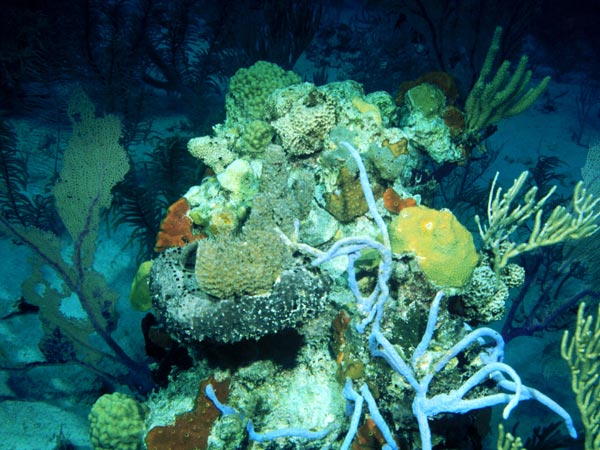
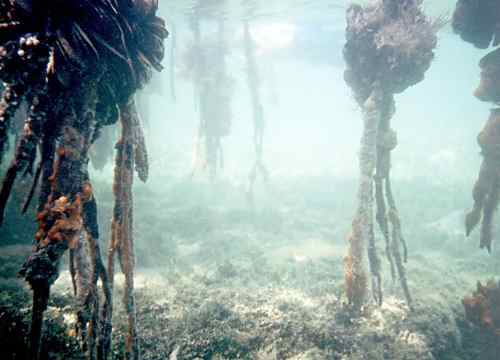
Tulips and commerce
U. S. Foreign Policy
Wars of Imperialism
![]()
Caribbean Pretest in ecological history
1. Name three significant historical events (not in the USA)
2. What was the "Fall of Constantinople?"
3. Place in chronological order Inca, Maya, Olmec, Toltec, Roman, Greek from oldest to most recent.
4. Name a work of fiction ___________ state the (nationality) of writer, ___________ and their ________ name
5. What is the largest island in sea the between North and South America?
6. Who was Bartolomé de las Casas?
7. What was the Asiento?
8. What is a mestizo?
9. Describe imperialism as it differs from colonialism:
10. What is the significance of the term "Noche Triste"
11. Name a dominant plant community and a dominant animal community that surround or are found off of most West Indian shorelines: __________ & ________.
12. What is a principle native _________ crop and introduced _________ crop in Latin America and particularly the tropics.
13. What is the geographical and astronomical significance of the Tropic of Cancer?
14. What is a still widely spoken, yet oldest language, in the Yucatan peninsula and Guatemalan highlands?